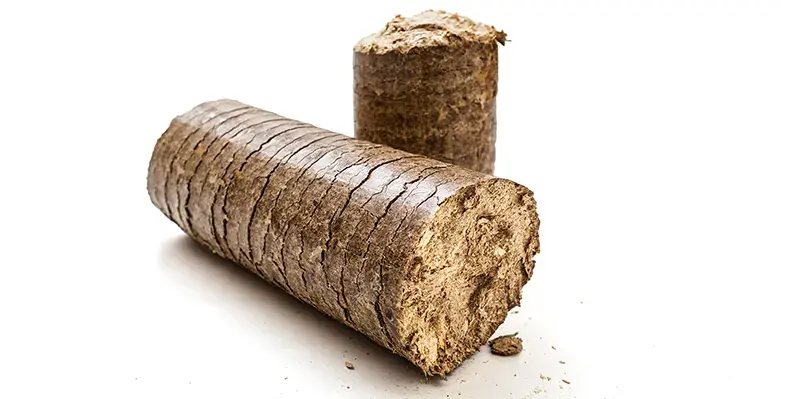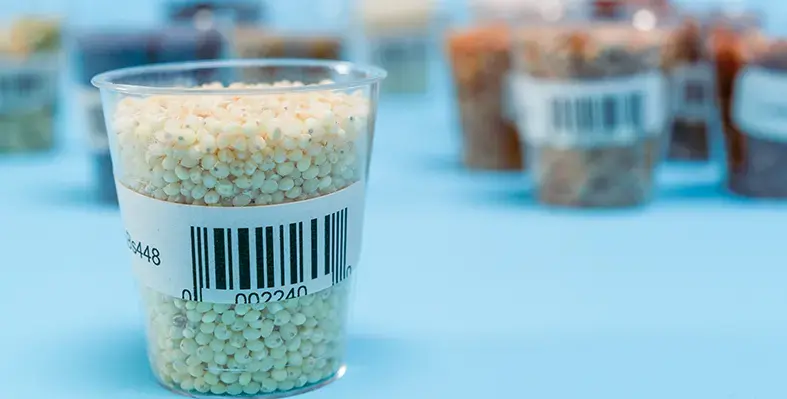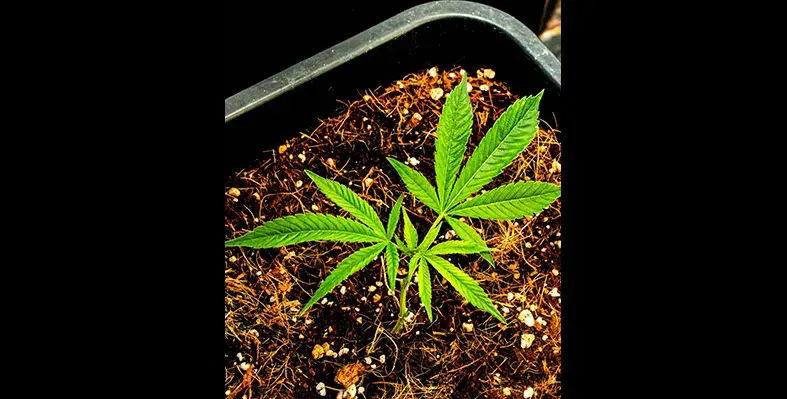
Yannick will play a vital role in strengthening the company’s presence in the African poultry sector.(Image credit: Hubbard)
Hubbard has officially announced the appointment of Yannick Levantard as the new Area Manager for East and Southern Africa, taking over from Jean Lebec, who has moved on to pursue new professional and personal ventures
Yannick will report directly to Bruno Briand, Global Sales Director at Hubbard, and will play a vital role in strengthening the company’s presence in the African poultry sector.
Yannick holds a Bachelor’s degree in Agriculture with a specialisation in Agricultural Extension from the University of Mauritius (2003), and a Master’s degree in Agricultural Development Economics from the University of Reading, UK (2005). His strong academic background has laid the foundation for an impressive 19-year career within the agricultural and poultry industries.
He began his career at Avipro Co. Ltd in Mauritius, where he steadily rose through the ranks, serving as Broiler Operations Officer, Broiler Operations Manager, and later Breeding Operations Manager. During his tenure, Yannick gained extensive experience in poultry management and contributed to several major operational and productivity-driven projects.
In 2019, Yannick joined Avitech SA in Madagascar as Operations Manager, and by 2023, he was promoted to General Manager. In this role, he successfully led strategic initiatives, improved operational efficiency, and fostered strong partnerships with local and regional stakeholders.
Yannick’s vast experience in operations management, business development, and his deep understanding of the African poultry market make him ideally suited for his new position at Hubbard. He will be responsible for expanding the company’s market reach in East and Southern Africa, providing support to the Hubbard Efficiency Plus distributor in East Africa, and working closely with the local Customer Support team.
Yannick said, “From my perspective, this new role goes beyond selling genetics. It is about building trust, sharing know-how, and strengthening alliances. My motivation is to blend technical excellence with customer focus to support the growth of Hubbard’s business in East.”
With this appointment, Hubbard reinforces its long-term commitment to supporting African poultry farmers with innovative genetics, practical knowledge, and sustainable farming solutions.











